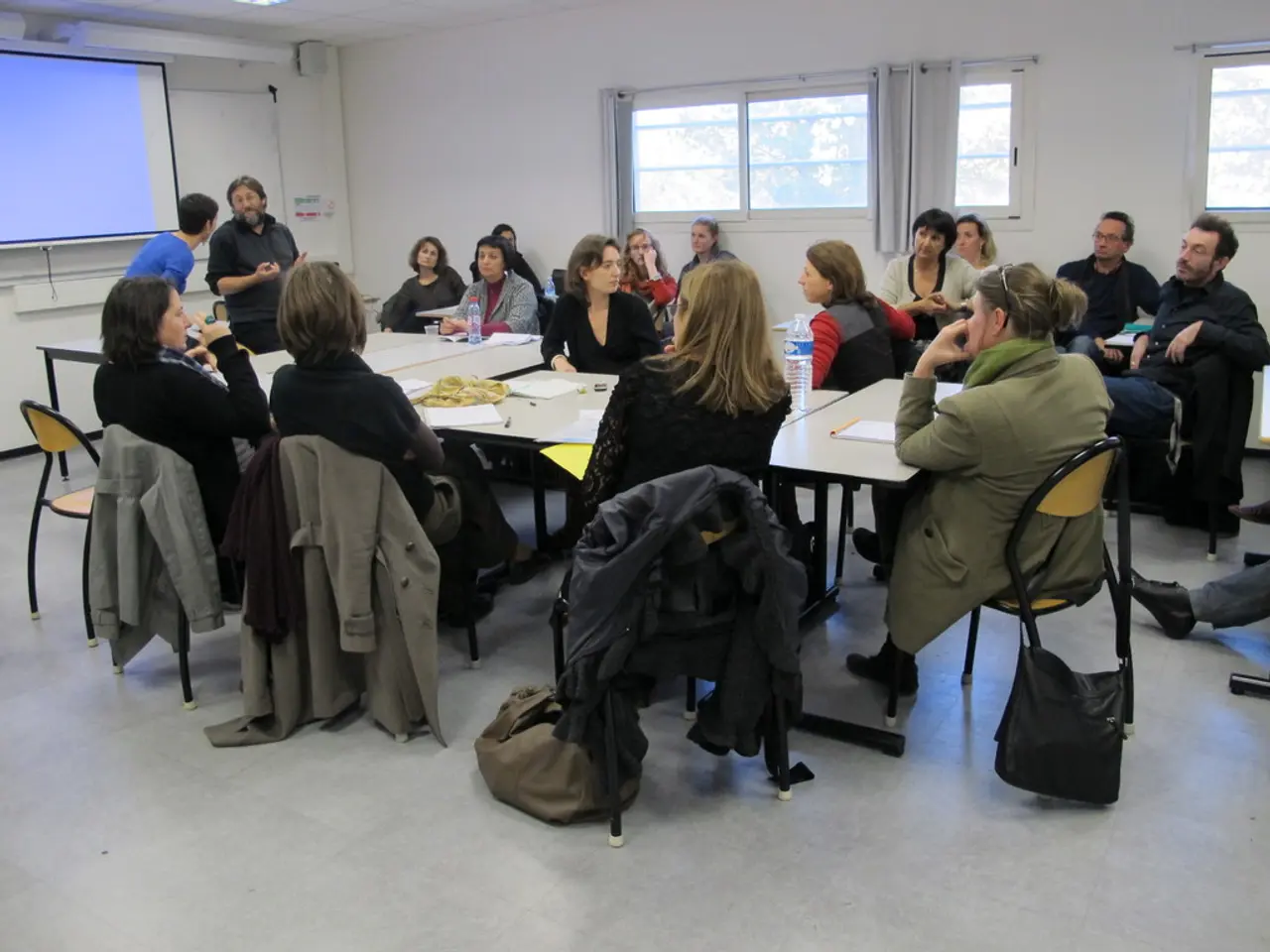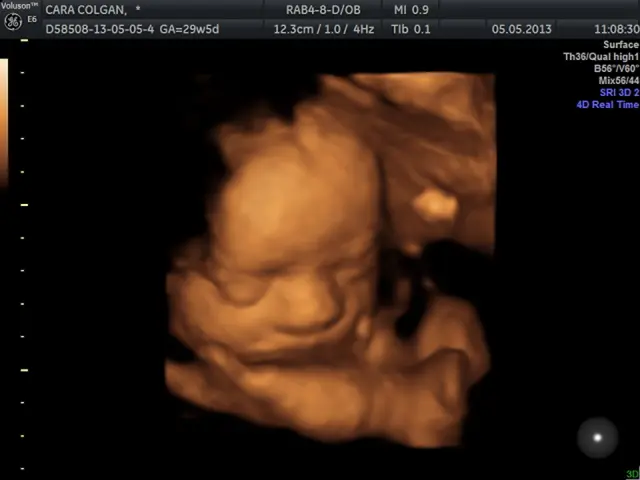Interaction among Autistic and Non-Autistic Adults in Single and Mixed Neurotype Groups
A groundbreaking study has shed light on the complexities of social interactions in group settings, challenging traditional deficit-based models of autism. The research, which focuses on the Double Empathy Problem, suggests that social context and interaction dynamics play a significant role in the social difficulties experienced by autistic individuals.
The Double Empathy Problem underscores that communication difficulties are mutual rather than one-sided, affecting both autistic and neurotypical people. This theory suggests that both groups struggle to understand each other's viewpoints, communication styles, and social signals, leading to misunderstandings and a breakdown in mutual comprehension.
In group settings, these difficulties manifest as mutual misunderstanding of social cues and communication styles, difficulty in synchronizing behavioural and conversational rhythms, potential feelings of exclusion or misjudgment on both sides, and the need for explicit communication rather than relying on unwritten social norms.
The study, which used a mixed-group experimental design, involved 143 adults, recruited from various sources across three university sites. Participants were screened for eligibility criteria, including age, language proficiency, and the absence of social anxiety or uncontrolled epilepsy.
The research found that while all-autistic groups reported the highest mean composite rapport, there was no significant difference in overall rapport between mixed and same-neurotype groups. However, all-autistic groups rated their interactions as significantly more enjoyable and friendly than both types of mixed groups. Autistic participants' rapport decreased as more non-autistic participants were included in the group, particularly in terms of ease and enjoyment. Non-autistic participants maintained similar rapport ratings regardless of group composition.
The findings have practical implications for practitioners and policymakers working with autistic individuals, emphasising the importance of considering social context and diverse interaction styles in social interventions. Educators could use these findings to create more inclusive classrooms that support the social needs of all students.
Future research could explore the potential factors contributing to autistic adults' sensitivity to group composition, such as past negative social experiences or the cognitive demands of masking autistic traits in mixed groups. In mixed groups, interventions could focus on promoting understanding and acceptance of diverse interaction styles. Creating opportunities for autistic individuals to interact with other autistic adults could foster a greater sense of rapport and belonging.
The study supports the Double Empathy Problem, suggesting bi-directional difficulties in social interactions between autistic and non-autistic individuals. The findings also extend previous research on the Double Empathy Problem by demonstrating its relevance in group settings, highlighting the importance of considering social context in rapport-building interventions for autistic individuals.
However, the study's limitations include a limited sample size and diversity, relying on self-reported rapport, and potential impacts of disclosing group composition on participants' behaviour and perceptions. Further research could investigate the Double Empathy Problem in various group settings, such as workplaces or educational institutions, to inform the development of more inclusive environments.
- The Double Empathy Problem in social interactions is more complex than previously thought, revealing that both autistic and neurotypical individuals struggle with understanding each other's viewpoints and communication styles.
- In group settings, the Double Empathy Problem leads to mutual difficulties in perceiving social cues, synchronizing behavioral and conversational rhythms, and fostering mutual comprehension.
- A recent study, which focused on the Double Empathy Problem, used a mixed-group experimental design and involved 143 adults to shed light on the social dynamics between autistic and neurotypical individuals.
- The research found that while autistic groups reported the highest mean composite rapport, there was no significant difference in overall rapport between mixed and same-neurotype groups.
- Autistic participants' rapport ratings decreased as more non-autistic participants were included in the group, particularly in terms of ease and enjoyment.
- These findings have practical implications for educators, emphasizing the need to create inclusive classrooms that support the social needs of all students, including those with autism.
- For practitioners and policymakers, the study underscores the importance of considering social context and diverse interaction styles in social interventions for individuals with autism.
- Future research on the Double Empathy Problem could explore factors contributing to autistic adults' sensitivity to group composition, as well as its relevance in various social settings like workplaces and educational institutions.







